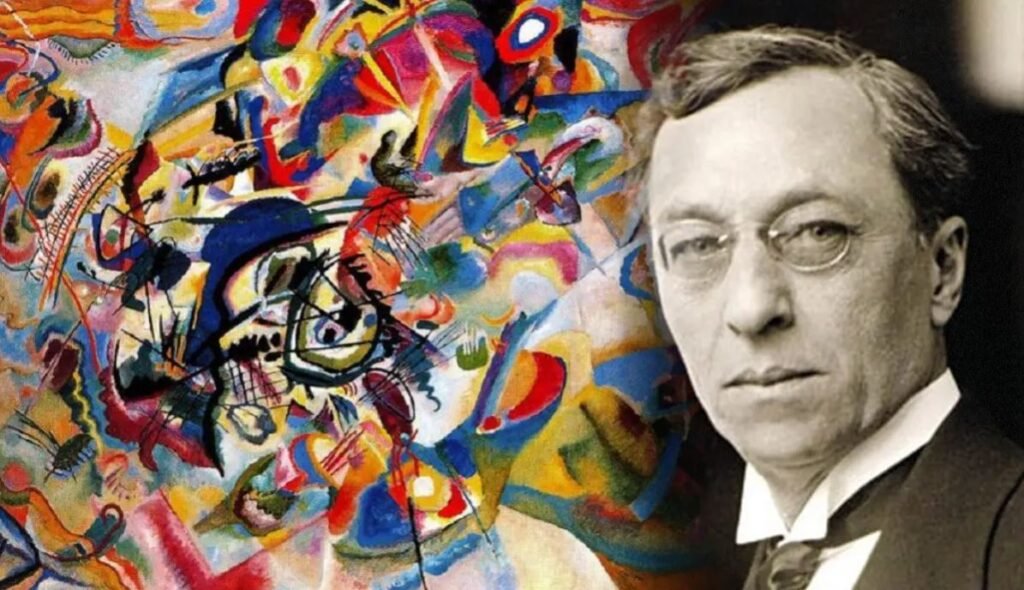At Sotheby’s in London, a painting by Russian Modernist Wassily Kandinsky that previously belonged to Holocaust survivors sold for £37.2 million ($44.55 million).
Murnau with Kirche II (Murnau with Church II; 1910), which was offered as part of the auction house’s Modern & Contemporary Evening Auction on Wednesday, fetched the highest price and set a new auction record for the artist.
Kandinsky’s “Rigide et Courbé,” which sold for $23.3 million in 2016 at Christie’s in New York, formerly held the record for the most money ever paid for a single piece of his art.

The Murnau phase of Kandinsky “came to define abstract painting for future generations,” stated Helena Newman, Chairman of Sotheby’s Europe and Global Head of Impressionist & Modern Art.
The appearance of such a significant painting—one of the few of this scale still in private hands—is a significant development for the market and for collectors, according to the expert.

When Kandinsky painted “Murnau with Kirche II,” he was residing in Murnau, Bavaria, with his girlfriend Gabriele Münter and other artist friends. He was inspired by the surrounding environment while out cycling. On the stretcher of the painting, Münter herself inscribed a message. The artwork has a lengthy past.
After being ultimately returned to the family’s remaining heirs by the Van Abbemuseum in Eindhoven, Netherlands, last year, it was sold at auction as belonging to the collection of well-known Berlin collectors, husband-and-wife Johanna Margarete and Siegbert Stern.
In pictures of the Stern family, you may see the Kandinsky hanging in the dining room of Villa Stern in Potsdam. But Johanna Margarete fled to the Netherlands and was declared stateless with the rise of the Nazis in 1933 and the passing of her husband two years later.
Before Johanna Margarete was deported and died in Auschwitz in 1944, it is believed that the Kandinsky, along with other works, was moved to the Netherlands and given to a dealer who pillaged Jewish assets there, according to family files, according to the Sotheby’s catalog.
Another dealer then sold it to the Van Abbemuseum in 1951. The restitution of the artwork, according to Newman, has now allowed people to “rediscover the place of the Sterns and their collection in the sparkling cultural environment of 1920s Berlin,” he added, discussing the picture’s history.
According to the statement, the sale’s revenues will be divided equally among the 13 Stern descendants who are still alive and used to support more efforts to locate their family’s large art collection.
Edvard Munch’s “Dans p stranden (Reinhardt-frisen)” or “Dancing on the Beach (The Reinhardt Frieze),” which sold for £16.94 million ($20.3 million), was another significant sale that evening.





